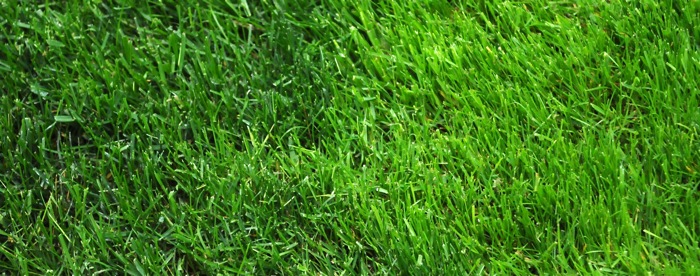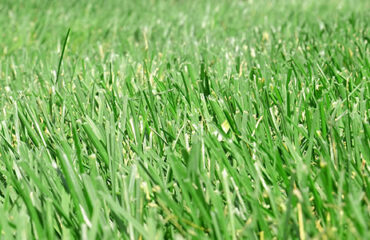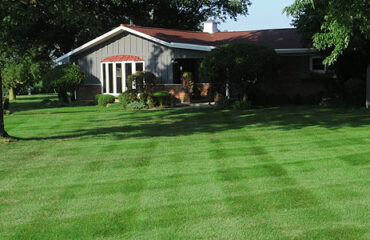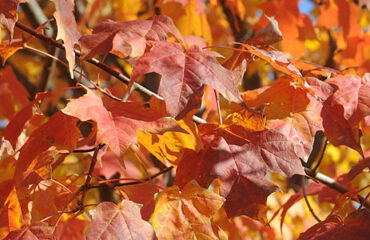Obviously it’s weeks too early to become excited about getting out and into your New Year’s resolution about a better lawn come spring.
But…it’s not to early to give your 2022 lawn what some professionals call the winter”eye” test. And what is the winter “eye” test?
Well, while the snow’s off look at your lawn for shades of “green”…color variations in bluegrass (see above) that serve as an indication about overall nitrogen and nutrition levels in your soil. It’s a good time to look, because during dormancy your grass is going to reflect the last active cycle of growth and plant activity…even more poignant visually than during warm spring and fall days.
Where you see darker, richer color, that can be a good sign that your lawn is posed to come out in April lush and healthy, full of vigor for the summer growing season. Different shades of green, allowing for the same variety of grass, can mean inconsistent levels of nitrogen and feeding from the previous summer…something about which you can make note for corrections in the coming season.
Or, color variations can tell you that what you think is bluegrass isn’t bluegrass at all. Perennial Rye and Poa Annua are going to have a different look, and will have their own growth characteristics.
Another advantage to a winter visual test is confirmation of weeds, like “Nimblewill”, that grow green and look like desirable turf in the summer, but turn brown during dormancy. Nimblewill can be controlled through better growing practices and timely applications of new chemicals (Tenacity) now on the market.
Overall, there’s plenty of reason to take a winter walk across your lawn and give it the “eye” test. Takes some notes and compare come growing season, to see how your lawn responds when it begins to grow. If you’re unsure, call us to come out and take that walk with you. It’s a good way to get ready for spring, and green, and we’re always thinking “GREEN!”




